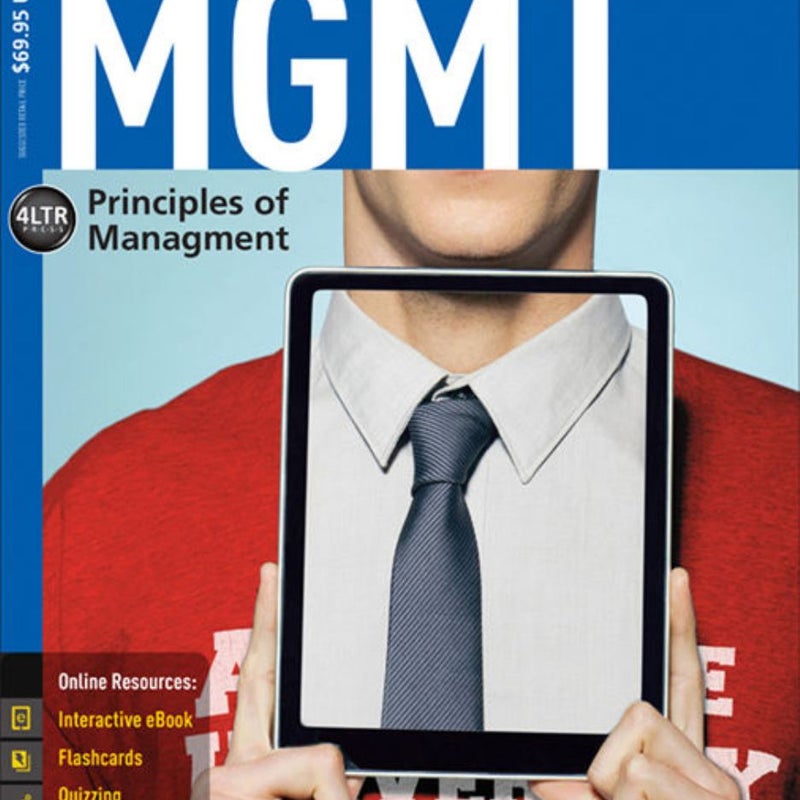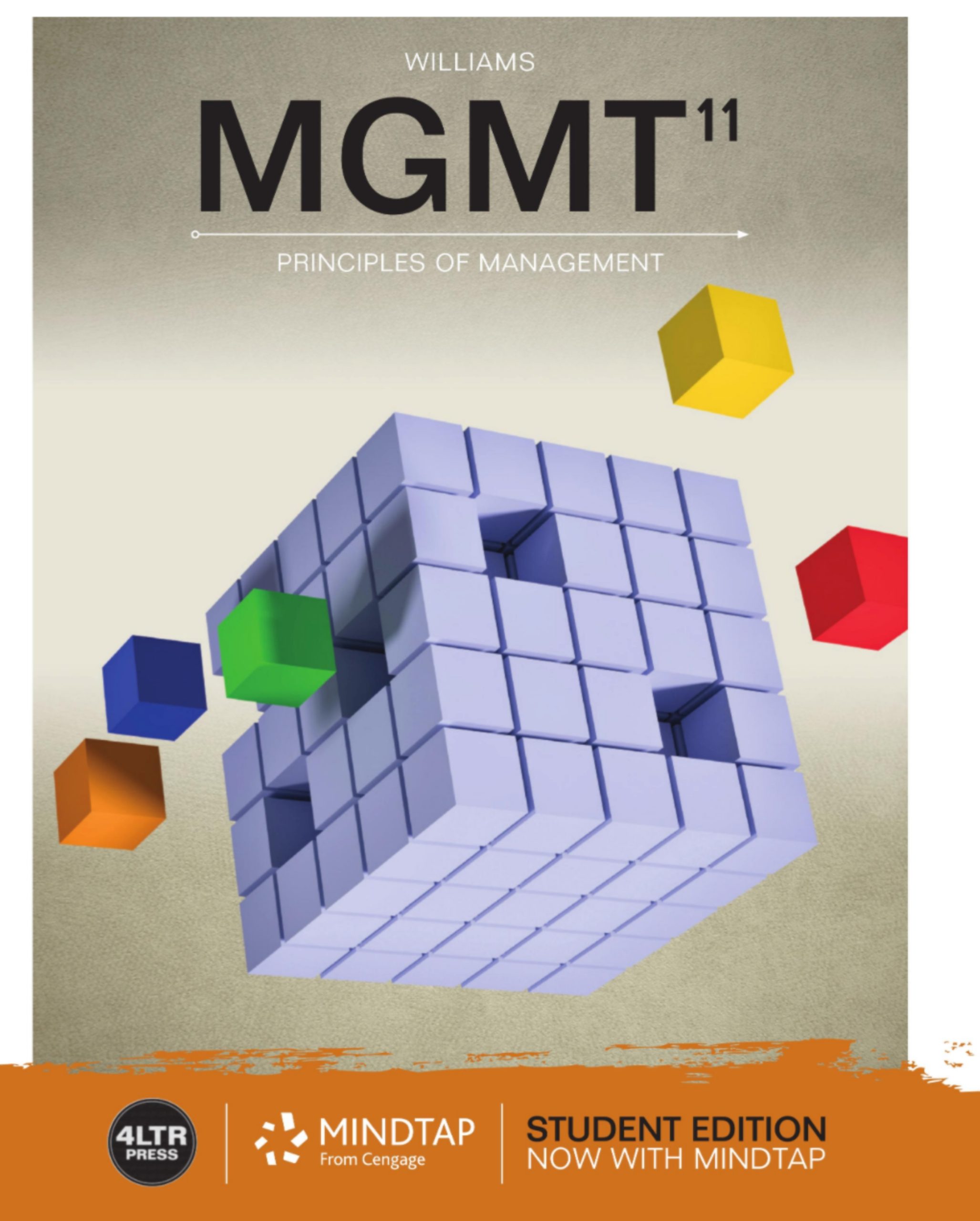Mastering MGMT Principles Of Management: Your Ultimate Guide
Hey there, fellow learners and management enthusiasts! If you're diving into the world of MGMT principles of management, you're in the right place. This isn't just another boring academic topic; it's a powerful toolkit that can shape how you lead, organize, and grow in both personal and professional settings. Imagine having the skills to turn chaos into clarity and confusion into strategy. That's what mastering MGMT principles is all about!
Let's be real here—management isn’t just about being the boss or telling people what to do. It’s about understanding human behavior, optimizing resources, and creating systems that work. Whether you're running a small team or managing a global corporation, the principles of management are your secret weapon. So buckle up, because we're about to break it down for you in a way that’s easy to digest but packed with value.
And hey, before we dive deep, let me drop this truth bomb: understanding MGMT principles isn’t just for business majors. It’s for anyone who wants to level up their game, whether you're juggling projects, leading a team, or even managing your own life. Stick around, and by the end of this article, you'll be armed with insights that will make you the management guru everyone wants to learn from.
Read also:7starhd 2023 Your Ultimate Streaming Destination Unveiled
What Exactly Are MGMT Principles of Management?
First things first, let’s get clear on what we’re talking about. MGMT principles of management are like the blueprint for running any kind of operation smoothly. Think of them as the rules of the game that help you navigate the complexities of organizing people, resources, and processes. These principles are the foundation of effective leadership and decision-making, and they apply across industries and sectors.
MGMT principles can be traced back to some of the brightest minds in business history, like Henri Fayol, who first outlined these ideas over a century ago. But don’t let the history lesson scare you—these principles are still as relevant today as they were back then. They’ve evolved to fit modern challenges, but the core ideas remain the same: planning, organizing, leading, and controlling.
Why Are MGMT Principles Important?
Here’s the deal: if you skip the basics, you’re setting yourself up for failure. MGMT principles give you the framework to tackle any challenge with confidence. They help you anticipate problems, make smarter decisions, and inspire your team to greatness. Without them, you’re just flying blind, hoping for the best.
For example, let’s say you’re launching a new project. Without proper planning (one of the core principles), you might miss deadlines, overspend your budget, or lose sight of your goals. But if you apply the right management principles, you’ll have a clear roadmap that keeps everyone on track and aligned with the vision.
Key MGMT Principles That Every Manager Should Know
Alright, let’s break down the big ones. There are four main principles that form the backbone of management: planning, organizing, leading, and controlling. Each one plays a crucial role in how you manage people, projects, and processes. Let’s dive into each one:
Planning: The Foundation of Success
Planning is like building a house—without a solid foundation, everything else will crumble. This principle involves setting goals, defining strategies, and mapping out the steps needed to achieve them. It’s about looking ahead and preparing for what’s coming, whether it’s a new product launch, a team expansion, or a major change in the market.
Read also:Sone 620 Hikaru Nagi The Ultimate Guide To Discovering The Magic
Key takeaways:
- Set clear, measurable goals.
- Break down big objectives into smaller, actionable tasks.
- Anticipate potential challenges and have contingency plans in place.
Organizing: Putting the Pieces Together
Once you’ve got your plan in place, it’s time to organize. This principle focuses on allocating resources, assigning roles, and structuring your team for maximum efficiency. Think of it as the puzzle master who ensures every piece fits perfectly.
Organizing isn’t just about paperwork—it’s about creating a system that empowers your team to thrive. By defining responsibilities and streamlining processes, you can eliminate bottlenecks and boost productivity.
Leading: Inspiring and Motivating Your Team
Leadership is where the magic happens. This principle is all about influencing and guiding your team toward success. It’s not about micromanaging or telling people what to do—it’s about inspiring them to give their best and helping them grow.
Effective leaders know how to communicate, motivate, and build trust. They create an environment where people feel valued, heard, and empowered to contribute their ideas. And let’s be honest, who doesn’t want to work for a boss like that?
Controlling: Keeping Things on Track
Finally, we have controlling, which is all about monitoring progress and making adjustments when needed. This principle ensures that everything stays aligned with your goals and standards. Think of it as the quality control department of your management strategy.
Controlling involves setting performance metrics, conducting regular check-ins, and addressing any issues that arise. It’s about staying proactive and ensuring that your team stays on the right path.
Real-World Applications of MGMT Principles
Now that we’ve covered the theory, let’s talk about how these principles play out in the real world. Whether you’re managing a small startup or a Fortune 500 company, MGMT principles can make a huge difference. Here are a few examples:
Case Study: A Tech Startup’s Success Story
Let’s take a look at a tech startup that used MGMT principles to go from zero to hero. By focusing on planning, they were able to identify their target market and develop a product that met customer needs. Through effective organizing, they streamlined their operations and reduced costs. Strong leadership kept the team motivated and aligned with the company’s vision. And by implementing robust controls, they were able to quickly adapt to changes in the market and stay ahead of the competition.
Case Study: A Manufacturing Company’s Turnaround
Another great example is a manufacturing company that was struggling with inefficiencies and declining profits. By applying MGMT principles, they were able to turn things around. They restructured their operations, improved communication within the team, and implemented new performance metrics. The result? A 30% increase in productivity and a healthier bottom line.
Common Challenges in Applying MGMT Principles
Of course, mastering MGMT principles isn’t always a walk in the park. There are challenges that every manager faces, and it’s important to be aware of them so you can overcome them. Here are some common hurdles:
Resistance to Change
Change is hard, especially when it involves shifting the way people think and work. Many teams resist new processes or systems, which can slow down progress. The key here is communication—make sure everyone understands why the changes are necessary and how they’ll benefit in the long run.
Lack of Resources
Sometimes, even the best-laid plans can be derailed by limited resources. Whether it’s a tight budget, insufficient manpower, or outdated technology, these constraints can make it tough to implement MGMT principles effectively. The solution? Get creative. Look for ways to maximize what you have and prioritize the most critical tasks.
Tools and Resources for Mastering MGMT Principles
Luckily, there are tons of tools and resources out there to help you master MGMT principles. From project management software to leadership training programs, you’ve got plenty of options to choose from. Here are a few of our favorites:
Project Management Software
Tools like Asana, Trello, and Monday.com can help you stay organized and keep your team on track. They allow you to create tasks, set deadlines, and collaborate in real-time, making it easier to implement the organizing principle.
Leadership Training Programs
Investing in leadership development can pay off big time. Programs like Harvard Business School’s online courses or LinkedIn Learning’s leadership tracks can help you sharpen your skills and become a more effective leader.
Expert Insights on MGMT Principles
To give you a broader perspective, let’s hear from some experts in the field. According to Dr. John Kotter, a leading authority on leadership and change management, “Effective management is not just about following rules—it’s about creating a culture of innovation and continuous improvement.”
Similarly, Peter Drucker, often referred to as the father of modern management, emphasized the importance of focusing on results. “Management is doing things right; leadership is doing the right things,” he famously said. These insights highlight the importance of balancing both principles for long-term success.
How to Apply MGMT Principles in Your Daily Life
MGMT principles aren’t just for the workplace—they can also be applied to your personal life. Whether you’re managing your finances, organizing your home, or leading a volunteer project, these principles can help you stay focused and productive.
Personal Planning
Start by setting clear goals for yourself. What do you want to achieve in the next year? Break it down into smaller steps and create a timeline to keep yourself accountable. This will help you stay on track and avoid feeling overwhelmed.
Home Organizing
Use the organizing principle to declutter your space and create a more efficient home environment. Whether it’s sorting out your closet or streamlining your kitchen, a little organization can go a long way.
Conclusion: Your Next Steps
And there you have it—a comprehensive guide to mastering MGMT principles of management. Whether you’re a seasoned pro or just starting out, these principles can help you take your management skills to the next level. Remember, the key is consistency and practice—apply these principles regularly, and you’ll see the results in no time.
So, what’s your next move? Share this article with your network, leave a comment with your thoughts, or check out some of the resources we mentioned. And most importantly, don’t forget to apply what you’ve learned in your own life and work. You’ve got this!
Table of Contents
What Exactly Are MGMT Principles of Management?
Why Are MGMT Principles Important?
Key MGMT Principles That Every Manager Should Know
Real-World Applications of MGMT Principles
Common Challenges in Applying MGMT Principles
Tools and Resources for Mastering MGMT Principles
Expert Insights on MGMT Principles
How to Apply MGMT Principles in Your Daily Life
Thanks for sticking with me through this deep dive into MGMT principles of management. I hope you found it helpful and actionable. Now go out there and crush it!
Bryan Stevenson Bio: The Remarkable Journey Of A Civil Rights Legend
Chatrandom 20: The Ultimate Guide To Meeting New People Online
Mastering The Art Of Roof Rake Use: Your Ultimate Guide To Snow Removal
MGMT Online, 9th Edition 9781305666788 Cengage

MGMT Principles of Management by Chuck Williams Pango Books

MGMT Principles of Management 11th Edition Rok Book